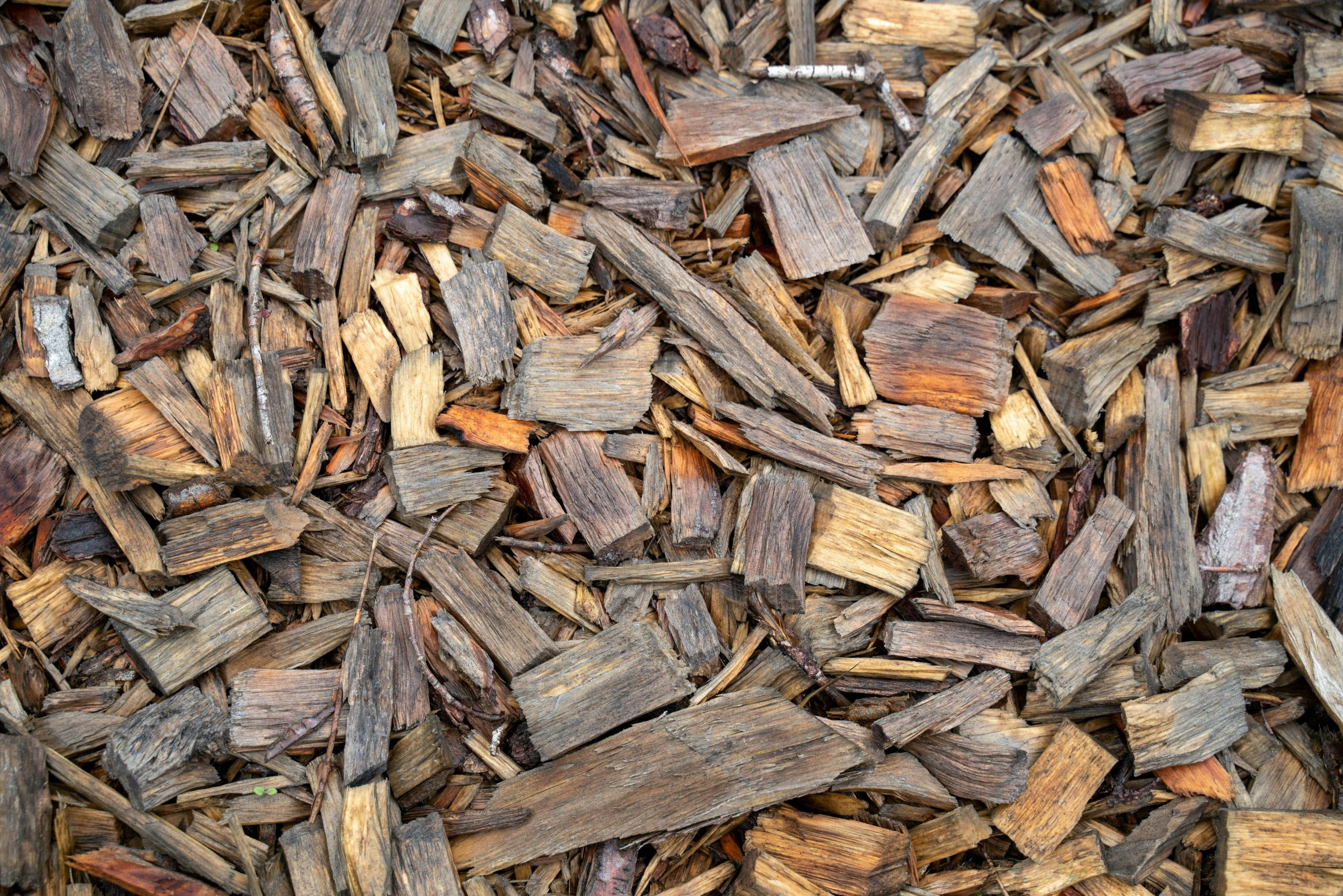Composters: Turning Scraps into Garden Gold
Do you want to turn your kitchen scraps and yard waste into nutrient-rich garden gold? Look no further than composting! Composting is an eco-friendly and cost-effective way to recycle organic materials and enrich your soil. With the help of composters, you can easily transform your food scraps and yard trimmings into a valuable resource for your garden. Let’s explore the ins and outs of composters and how they can help you turn scraps into garden gold.
The Basics of Composting
Composting is the natural process of decomposition that occurs when organic materials like food scraps, grass clippings, and leaves are broken down by bacteria, fungi, and other organisms. The end result is a nutrient-rich soil amendment that can improve the structure and fertility of your garden soil. By providing the ideal conditions for these microorganisms to thrive, composters speed up the composting process and make it easier to manage.
Types of Composters
In general, there are three types of composters – bins, tumblers, and worm composters. Bins are the most common and traditional type of composter. They come in various sizes and materials, such as plastic, wood, or metal. Bins are ideal for outdoor use and can be easily DIY-ed if you prefer a more budget-friendly option. Tumblers, on the other hand, are more compact and can be easily turned to aerate the compost. This makes them a great choice for those with limited space or who want a faster composting process. Lastly, worm composters use worms to break down the organic materials and produce an even richer compost. They are perfect for small scale composting and can be used indoors.
The Composting Process
The key components of successful composting are carbon (browns) and nitrogen (greens). Carbon-rich materials include dry leaves, sawdust, shredded newspaper, and straw, while nitrogen-rich materials include grass clippings, fruit and vegetable scraps, and coffee grounds. A good ratio of 2:1 between carbon and nitrogen is ideal for composting, but don’t worry too much about getting it perfect. The microorganisms in the composter will do most of the work for you.
Once you have your materials and a good mix of carbon and nitrogen, the next step is to layer them in the composter. Start with a layer of browns, then add a layer of greens, and continue alternating until you have a good pile. You can also mix the materials together to ensure a more even composition. The pile should be kept moist, but not waterlogged. Turning or aerating the compost periodically will also help to speed up the process.
The Benefits of Composting
Composting has numerous benefits for both your garden and the environment. By recycling your organic waste, you are reducing the amount of waste sent to landfills and reducing greenhouse gas emissions. Compost also helps to retain moisture in the soil and suppresses diseases and pests. It can improve the structure and fertility of your soil, making it easier for plants to grow and thrive. Compost can also act as a natural fertilizer, reducing the need for chemical fertilizers that can harm the environment.
What You Can and Cannot Compost
While most organic materials can be composted, there are some things that should be avoided. Meat, dairy, and fats should not be composted, as they can attract pests and slow down the composting process. Diseased plants, weeds with seeds, and pet waste should also be avoided. As for what can be composted, the list is extensive. From kitchen scraps to eggshells to shredded paper, most items found in a typical household can be composted.
Conclusion
Composting is a simple and effective way to turn scraps into garden gold. By utilizing a composter, you can easily recycle your organic waste and create a valuable resource for your garden. The process is not only beneficial for your garden, but for the environment as well. So why not give composting a try and see the results for yourself?









